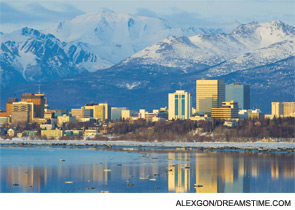“Every medical problem and every drug you use and every treatment plan you set up has to be considered in light of where the patient is in terms of their growth and development, and that’s constantly changing because it’s such a dynamic process,” says Dr. von Scheven.
One of the benefits of being a pediatric rheumatologist is that you are never bored, says Dr. Klein-Gitelman. “Cases are challenging and they require careful thinking,” she says. “No two patients or families are alike, so it is always interesting.”

On the practical side, the field offers scheduling flexibility and growth potential. Middle-of-the-night calls to hospital emergency departments rarely happen. And, given the scarcity, it’s less difficult to find work as a pediatric rheumatologist.
Despite the challenges, there are reasons to be optimistic about the future, says Dr. Henrickson, who, since 1999, has held leadership roles with the ACR and American Academy of Pediatrics.
“During these years, I have seen the number of states without a board-certified pediatric rheumatologist decrease from a total of 14 to the present eight,” says Dr. Henrickson. “That is substantive progress over a 12-year interval.”
Catherine Kolonko is a medical writer based in California.
Alaska’s Outreach Clinic

For several years now, an outreach clinic in Anchorage, Alaska, has offered care to children with rheumatic diseases. The clinic serves as a meeting base where children from nearby communities can be treated on a regular basis by visiting pediatric rheumatologists. It is one way to deal with an undersupply of pediatric rheumatologists across the country, says Helen Emery, MD, professor of pediatrics at the University of Washington and director of medical student education at Seattle Children’s Hospital.
The busy clinic serves two hospitals in Anchorage, explains Dr. Emery. “We go up there currently four days every other month and split the time between the two,” she says.
The demand is so great that organizers are considering adding two more visits a year to the schedule, says Dr. Emery. Alaska is one of eight states in the country without a certified pediatric rheumatologist.
“Those are very intense clinics….You go from very early in the morning until quite late at night. There’s always more demand than we can get in there,” says Dr. Emery, noting that they are “sort of sandwiching kids whenever.”
A second clinic serves a population over the Cascade Mountains on the borders of Oregon and Washington with pediatric rheumatologists from Seattle. The clinics reduce financial burdens on families who now don’t have to pay for costly airfares and hotels to get to Seattle for treatment. Most medical insurance companies also prefer to have children treated in their hometowns to keep costs down, says Dr. Emery.

